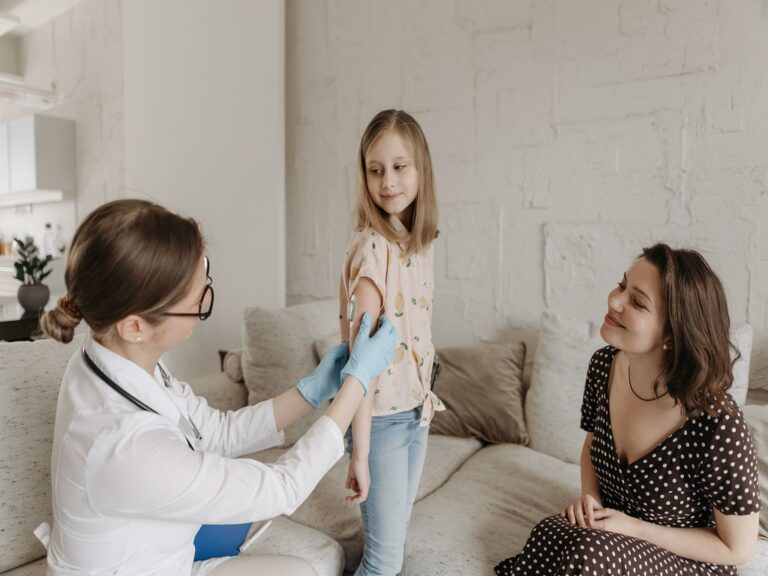Shingles is a viral infection that is caused by the varicella-zoster virus – this is the same virus that causes chickenpox (usually decades earlier). While chickenpox causes blisters, shingles causes a rash that results in shooting pain. This rash usually shows up on one side of the body, and it gradually turns into fluid-filled, red blisters, which dry out over a period of 7 to 10 days.
Symptoms of Shingles
The early symptoms of shingles include:
Enlarged lymph nodes Headache, fever, and chills Raised dots and redness on the skin Itching Burning or tingling sensation in or under the skin Upset stomachIn case of any of these symptoms, make sure to call the doctor immediately. While there is no cure for shingles, timely treatment can reduce the chances of complications.
Risk Factors for Shingles
People who’ve had chickenpox are more likely to get shingles if they:
Are 50 years or older
Are constantly under a lot of stress
Have HIV, cancer, or any other disease that lowers one’s immunity
Have had a serious injury
Take long-term medications or steroids that can weaken one’s immunity
Is Shingles Contagious?
Yes. People with shingles can spread the infection to others who are not vaccinated and have never had chickenpox. An important thing to remember is that people with shingles are contagious until all of their sores have completely crusted over. Until then, affected individuals should avoid pregnant women, those who’ve never had chickenpox, and people with weak immune systems.
How Effective Is the Shingles Vaccine?
The shingles vaccine is over 90 percent effective, according to the FDA. The CDC recommends a total of two doses of the shingles vaccine to prevent the infection in healthy adults.
Treatment for Shingles
Antiviral medications can help affected individuals recover faster and reduce their risk. These drugs are, of course, most effective when taken within 3 days of the start of a shingles rash. Other treatments for shingles symptoms can include anticonvulsant medicines, antidepressants, colloidal oatmeal baths, medicated lotions, cool compresses, OTC drugs, numbing medications, and prescription painkillers.

